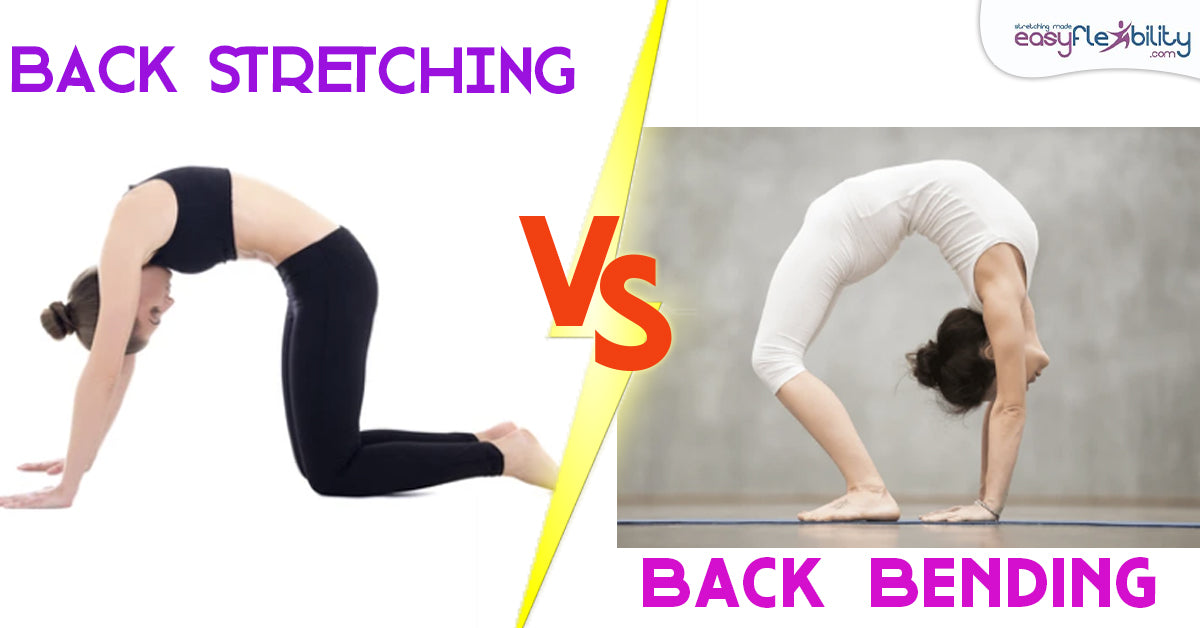Learn how to say "please" and "thank you" to your muscles.
Posted by Paul Zaichik on

Your Muscles understand “Please” and “Thank you”! Learn how to say it to them and you will become more flexible very fast!
Let’s explore what is “Please” and what is “Thank you”


How do you say please to your muscles and how do you say thank you?
We know that if we hold a stretch for a long time forcefully or try to force somebody into a stretch we are not saying “please” to the muscles, we are saying:
We know that if we hold a stretch for a long time forcefully or try to force somebody into a stretch we are not saying “please” to the muscles, we are saying:

“You better stretch or else!”.
Nobody likes to hear something like that said to them, you wouldn’t like it if someone would treat you like that. Your body doesn’t like it either, believe it or not, and it won’t respond kindly.
You say “Please” to your body by performing a stretching technique and backing off. You just inform your body what you want it to do, what you ask for it to do and it will do it.

You do not have to yell, you do not have to scream, you do not need to raise your voice, the body understood what you want it to do. The longer you do it past the initial signal, or the harder you do it, the less receptive your body becomes. The longer and the harder you hold the stretch the longer it will take the body to recover from that stretch when you do back off.

You can see the results of that recovery a few days later in your next workout, or you can see the results right away it’s up to you. If you want to see the results right away back off, allow your body to adjust which means take a break. Repeat the stretch after a break.

Say thank you for appreciating that little bit of flexibility that you have got because your body had a chance to adjust during the break. And the reason that it had a chance to adjust is because you gave it a short signal, you didn't force it.

When after the break you repeat the signal, that is you perform the stretching technique again, the body will understand what you want, be comfortable with the fact that you aren’t pushing it and will reset again when you take a second break.
I have observed that this simple concept is not followed at all in many different settings: from martial arts to dance, from yoga to gymnastics, from figure skating to pole dancing, from track and field athletes to circus performance and so on.
Somebody somewhere decided that if you get into the stretch you must hold it and eventually you will become more flexible.
This has been a dominant way of stretching for a very long time till very recently. "No please, no thank you, just do what I say or else..."
Somebody somewhere decided that if you get into the stretch you must hold it and eventually you will become more flexible.
This has been a dominant way of stretching for a very long time till very recently. "No please, no thank you, just do what I say or else..."

To prevent injury, protect the flexibility you gain and keep it, as well as to increase pliability, strength exercises are needed, and why not place them in between the stretching techniques.

This is how EasyFlexibility programs are performed and thousands upon thousands of people have become flexible because of these techniques.
If you’ve never tried any EasyFlexibility programs I must inform you that the stretching techniques or ZSTs are completely different which speeds up the flexibility gains even more.
If you’ve never tried any EasyFlexibility programs I must inform you that the stretching techniques or ZSTs are completely different which speeds up the flexibility gains even more.
Click the image below to choose your program
© ElasticSteel Corp., EasyFlexibility, Paul Zaichik, et. El., 2022. No part of the materials available through ElasticSteel.com, EasyFlexiiblity.com, site may be copied, photocopied, reproduced, translated or reduced to any electronic medium or machine-readable form, in whole or in part, without prior written consent of Paul Zaichik EasyFlexibility.com, Elasticsteel.com.. Any other reproduction in any form without the permission of Paul Zaichik EasyFlexibility.com, Elasticsteel.com is prohibited. All materials contained on this site are protected by United States copyright law and may not be reproduced, distributed, transmitted, displayed, published or broadcast without the prior written permission of Paul Zaichik, EasyFlexibility.com, Elasticsteel.com.
Share this post
1 comment








I’m very interested